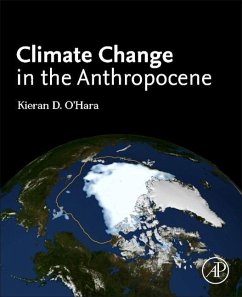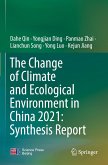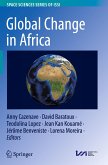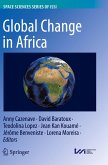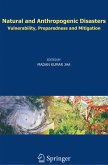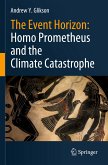Climate Change in the Anthropocene reviews current science on anthropogenic sources and projections for climatic change. Written in a clear and accessible style, the book covers this rapidly changing field, including the drivers of climate change, the physics and chemistry behind the science of climate change, paleoclimates, climate variables, a comparison of global warning of 1.5° vs 2°C and the impacts of these climatic changes both at a global and a U.S. regional level. Infographics throughout help to explain concepts in a visual way, providing users with a better understanding of climate change.
In addition, the book is ideal for advanced researchers who need to explain the underpinning science of climate change for grant applications and working with policy experts, etc. This is an essential book for anyone whose work is impacted by climate change in the earth and environmental sciences.
Hinweis: Dieser Artikel kann nur an eine deutsche Lieferadresse ausgeliefert werden.
In addition, the book is ideal for advanced researchers who need to explain the underpinning science of climate change for grant applications and working with policy experts, etc. This is an essential book for anyone whose work is impacted by climate change in the earth and environmental sciences.
Hinweis: Dieser Artikel kann nur an eine deutsche Lieferadresse ausgeliefert werden.
" a useful summary of recent Intergovernmental Panel on Climate Change (IPCC) reports with a focus on implications for U.S citizens . [E]mploys the original definition of the Anthropocene,... [and] provides an overview of the foreseeable impacts of the novel state of the Earth system.... [A] useful handbook. In addition to providing an overview for the novice with key references cited as a starting point for deeper investigation, it [also] provides breadth for experts in one aspect of this broad vitally important field, allowing them to assess the implications of their research." --Francine M. G. McCarthy, The Quarterly Review of Biology

